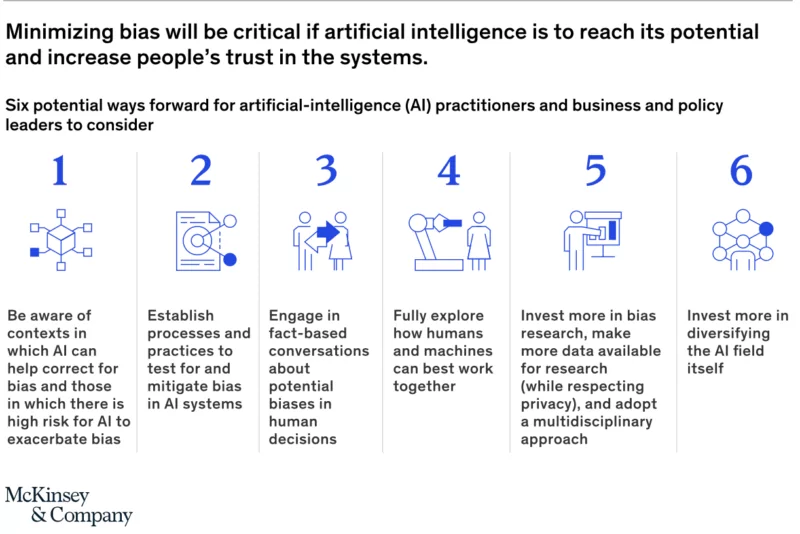900 319 0030
enquiry@shankarias.in
Bias is an inherent human trait and can be reflected and embedded in everything we create, particularly when it comes to technology.
What is AI bias?
What are the types of AI Bias?
Black box AI is any artificial intelligence system whose inputs and operations are not visible to the user or another interested party and are impenetrable.
What could be done?

What are the future aspirations?